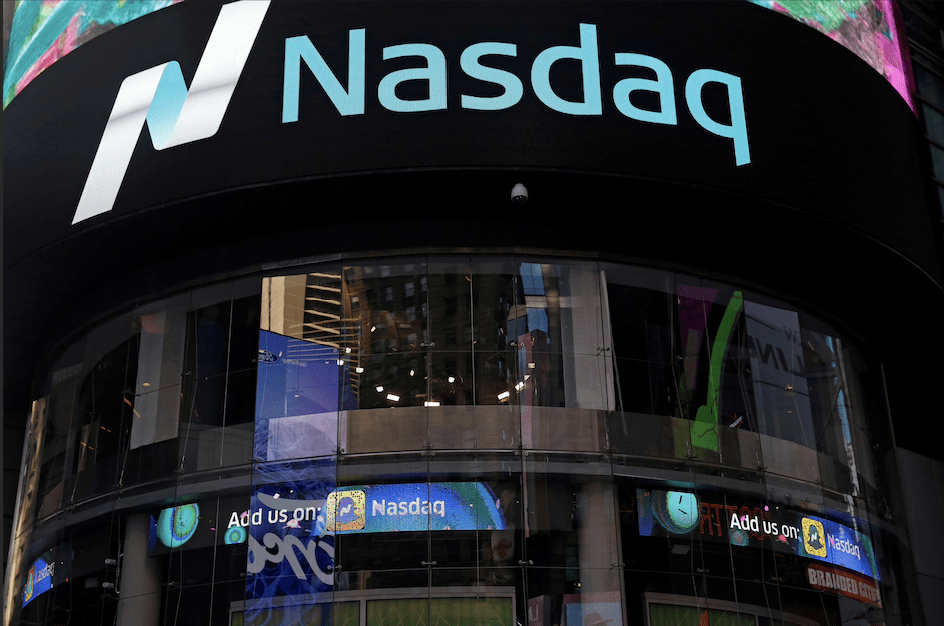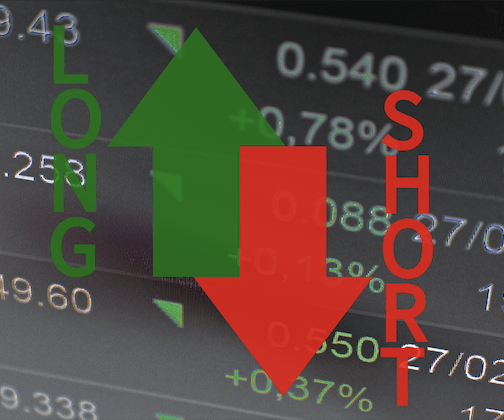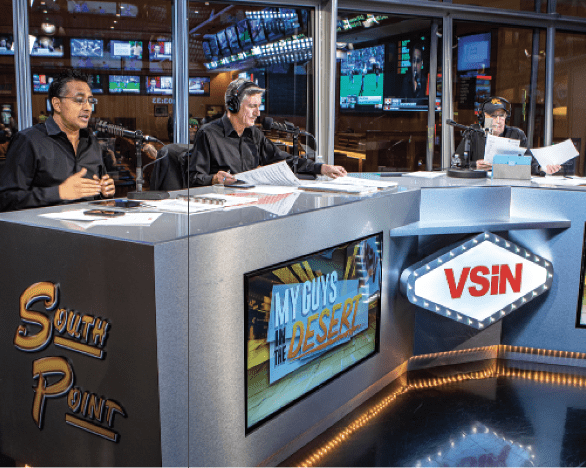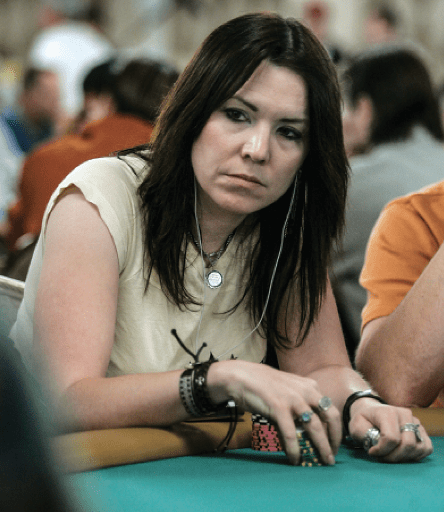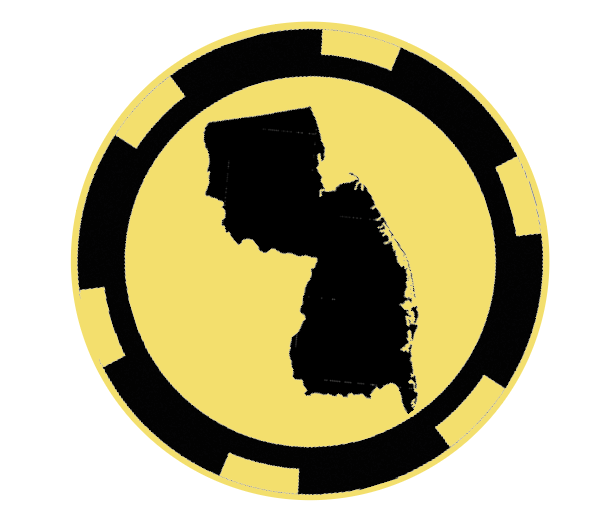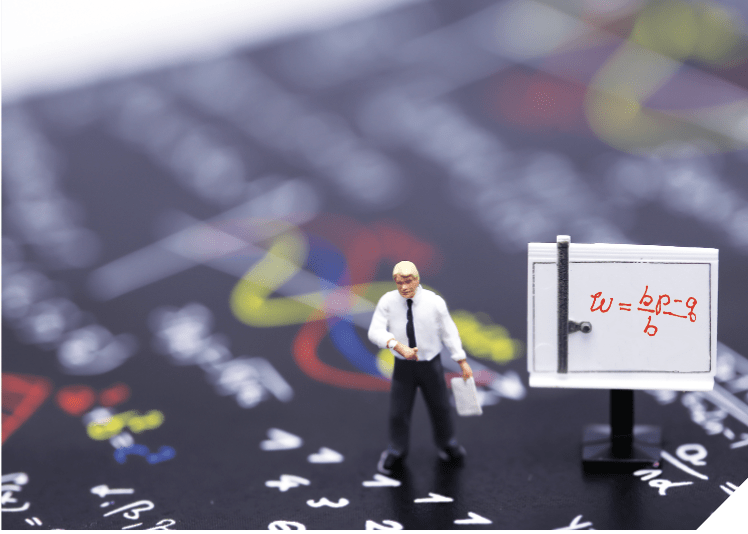The Short Side of Kelly
Billionaire investor Warren Buffet maintains that the Kelly criterion teaches essential lessons for decision-making. But is it really actionable? Luckbox offers two cautionary takes.
Many regard the Kelly criterion as the best sizing formula for bets or investments, but its mathematical simplicity obscures real dangers in its application.
To use Kelly, traders or gamblers plug several parameters into an equation. For it to work, they have to have a good idea of the real probability of the underlying event—but most of the time they probably won’t. For instance, if gamblers think it’s 75% likely that Horse A will win a race but the real odds are 20%, no bet-sizing formula is going to save them.
They also need to know the expected return on the bet. If they’re betting on an even-money line, the expected return is 100%. That’s what any number of online Kelly criterion calculators suggest, but this ignores several other important considerations:
What’s the likelihood that bettors will reduce the risk prior to the event? Say they’re planning to cover a bet by buying the other side at some other book. Should the line move in their favor, that reduces their expected return on the initial bet. That, in turn, reduces the fraction of the bankroll that they’re supposed to bet.
Naively applied, Kelly assumes infinite liquidity on the part of the bookmaker or betting market, and that’s not the case in reality. Even if the bettor got everything else right, there’s no guarantee of getting down the amount Kelly says they should unless they’ve modified how they calculate the expected return parameter to account for that.
What’s the likelihood that the price the market is offering is the best a bettor can get? This is a very real consideration—obviously, one wants to buy at the time when their price differs from the market’s by the largest amount possible, but that means knowing something about both the likelihood of the event and how the price is going to move over time, which any experienced trader knows isn’t easy.
What’s the likelihood that sinking money into one bet will reduce opportunities in others? Kelly doesn’t know what gamblers are betting on. Plugging the formula into a market where one’s odds are 99% and the market is offering 97% will suggest that bettors dump a rather substantial fraction of their bankrolls on the bet. But gamblers should properly parameterize the equation with the expected lost earnings from the bets they can’t make while they wait for their sure thing to come through.
When does the event take place relative to when the bet is made? If gamblers are betting on a sure thing that happens a year from now, they need to make sure they seriously discount their expected return to account for the opportunity cost of having that money tied up for that time and thus unavailable for other bets or trades.
While the equation is simple, applying Kelly is not—unless one’s an excellent handicapper and is betting on frequent events that resolve on a short time scale. So when using it to get a sense of how much to bet, remember not to take shortcuts when calculating the expected return.
Jason Pipkin, a neuroscientist, is a semi-pro prediction market trader and frequent guest on The Prediction Trade podcast. @jipkin
Click here to read the second take, “The Short Side of Kelly (Part 2).”
